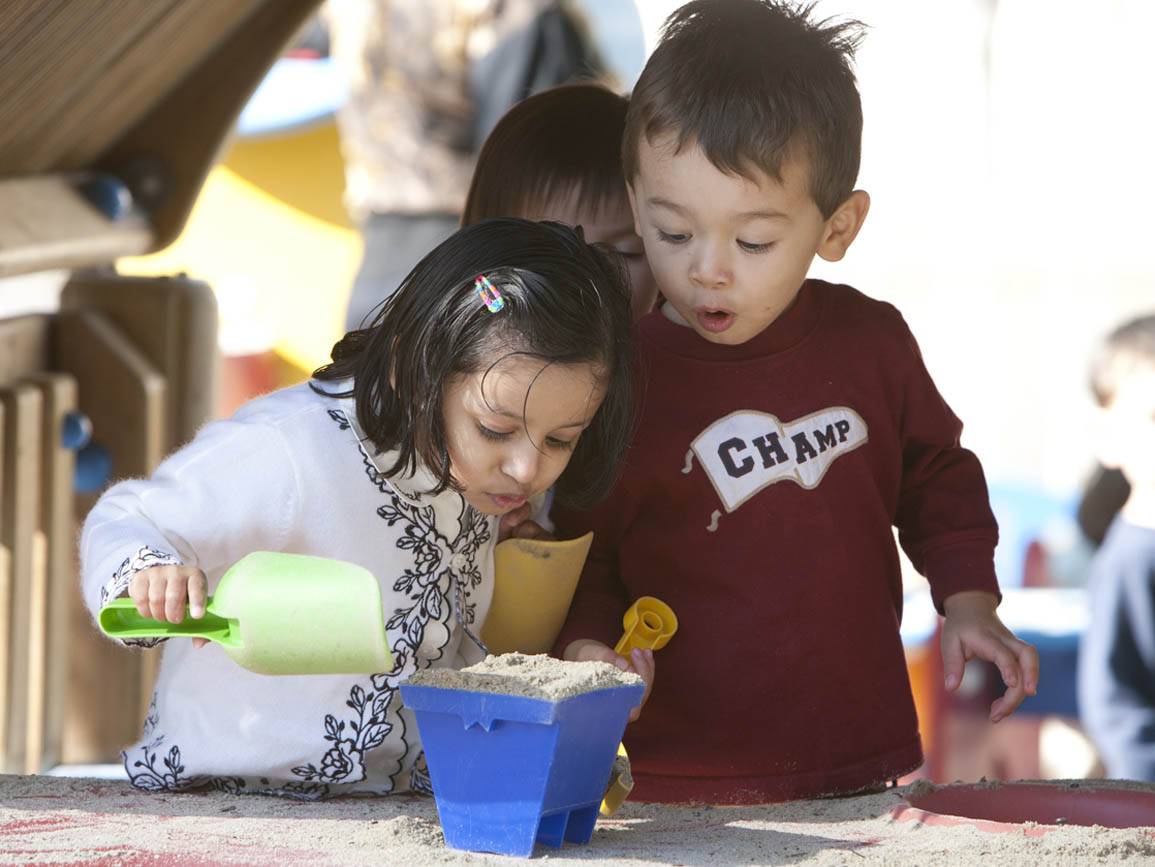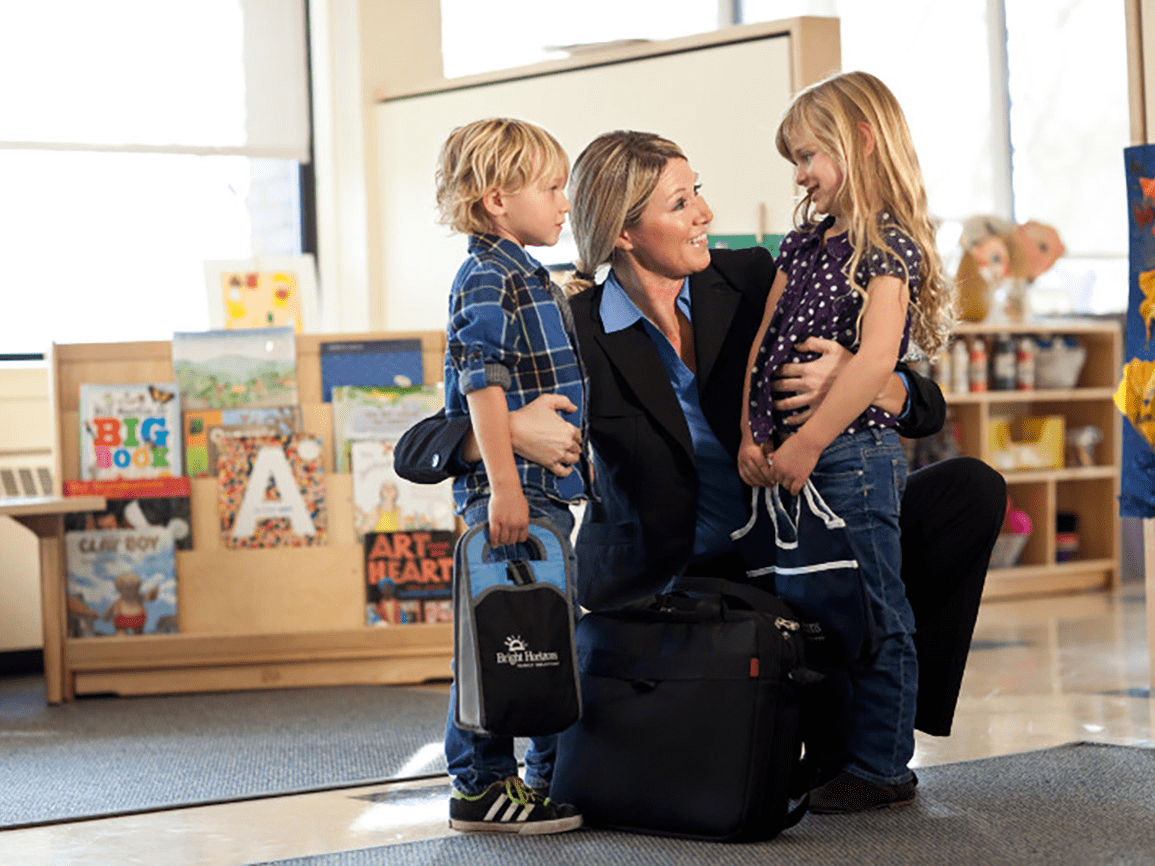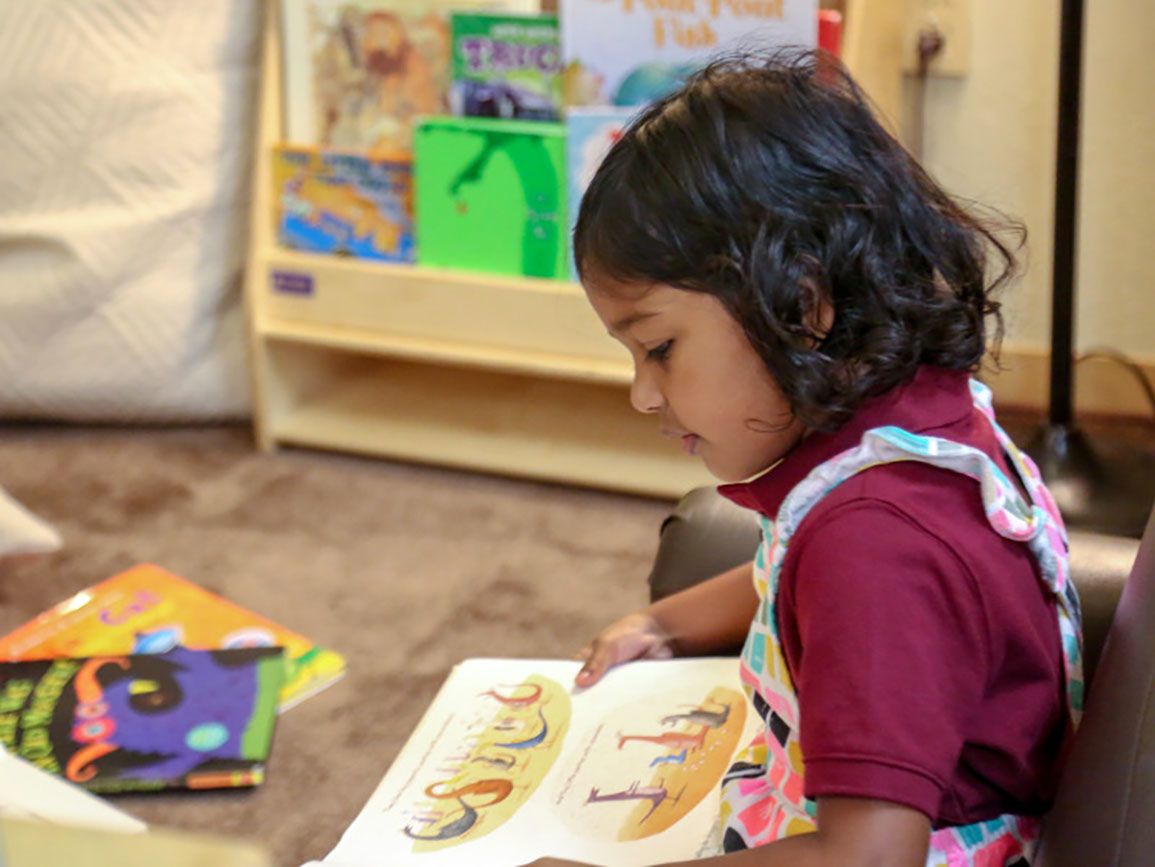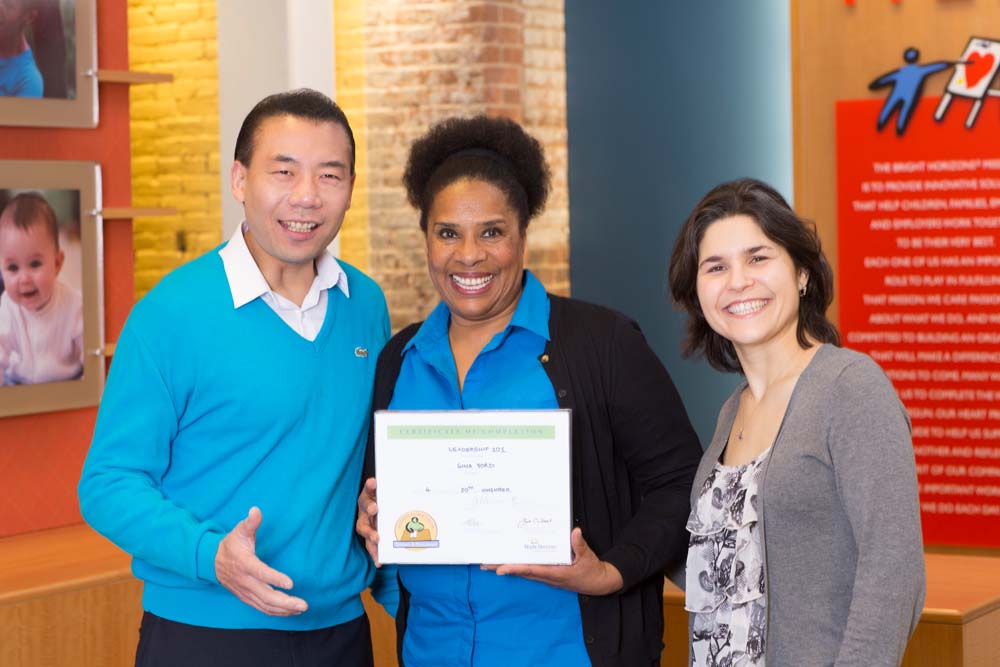If you want happiness for an hour, take a nap. If you want happiness for a day, go fishing. If you want happiness for a year, inherit a fortune. If you want happiness for a lifetime, help somebody. -Chinese Proverb
Children are never too young to learn the value and joy of helping others. As we know, children learn by watching their parents. Take talking, for instance. We talk to our children from the time they’re babies and, after a while, they start talking back. We know that if they see us reading, chances are they will learn to love reading too. We can also model compassion and generosity to raise caring kids. If children see us donating our time, money, and belongings, they will learn to do the same. By volunteering or donating as a family, parents can raise children who not only care, but help others.
Tips for Volunteering with Kids
There are many charitable organizations that rely on volunteers to accomplish their missions. To volunteer as a family, talk to your children about what issues really matter to them and what causes they would like to support. Are they concerned about the environment and pollution? Do they want to help rescue abused or abandoned animals? Do they feel sad about elderly people who have no children or grandchildren nearby to visit them? Do they want to make children in the hospital smile and not feel so scared? Is homelessness and poverty a great concern for them? Do they want to find a cure for a particular disease that someone in your family may have?
After identifying one or two particular causes, parents and children can do research together to identify organizations that need and welcome volunteer support from children. Here are a few ideas for finding volunteer opportunities:
- Start volunteering locally. Go to your church, temple, other religious organization, community center, school, or library to ask about local groups that support the cause(s) youve identified. Talk to friends, family members, co-workers, and neighbors about your area of interest. Perhaps you already know someone who is volunteering for a charity that would be a good fit for your family. Local United Ways often have volunteer listings.
- Try national volunteer organizations. Most national organizations have websites that will connect you to local chapters and outline their specific needs and activities that support their cause. There are also some volunteer websites where you can search for child-friendly volunteer opportunities. Here are just a few suggestions: Big Hearted Families, GenerationOn, Points of Light, Volunteer Match, and Idealist.
- Go straight to the source. If your child wants to cheer up children in the hospital, visit or call a local children’s hospital with your child and ask what you can do. You may want to suggest specific activities like hosting a holiday party, doing arts and craft projects for children in the hospital, painting the fingernails of all the girls, dressing like a clown and painting faces, or whatever your child thinks of. If your child loves animals, you could visit an animal shelter together and offer to walk the dogs once a week. Be creative! If you are sincere and are suggesting something that doesnt make more work for the employees or other volunteers, chances are you will get a warm reception.
How to Find Different Ways to Donate
- Donating Money. Even if our children are too young for volunteer activities, they can help to raise money for their favorite cause. You can organize a family yard sale or car wash with signs letting everyone know that the proceeds will go to your preferred charity. You could suggest that children donate a portion of their allowance or birthday money to their charity of choice. Many charities have walk-a-thons and other fundraising activities that welcome the participation of children. Even little ones can be pushed in a stroller for a charity walk.
- Giving Toys. Most of our children have more toys than they can possibly play with. Before gift-giving holidays and birthdays, you can go through your children's toys and help them pick out 10, 20, or 30 to give away to children who dont have any toys. Even very young children can appreciate how important it is to have toys to play with and will want to make that possible for other children. Some children have charitable birthday parties where the party guests each bring a new or gently used toy to donate to children at a homeless shelter.
- Donating Clothes. Instead of just silently sorting through our childrens outgrown clothing when theyre sleeping or otherwise occupied, go through the clothes together. You can talk about how even though they dont fit them anymore, donating baby and kid clothes is still very useful to smaller children who may not have the money to go buy new clothes. Or, if children wear hand-me-down clothes too, we can talk about the benefits of recycling and reusing perfectly good clothes rather than throwing them away.
- Food Drives and Donations. Many local food pantries, soup kitchens, and homeless shelters welcome food donations. Children can organize a canned-food drive in their classroom (with your assistance and the teachers approval) and donate all the collected cans together. Some volunteer organizations even welcome holiday leftovers in large quantities. Take your child with you to drop off the food so they can actually see where its going.
- Providing Household Goods. People moving on after spending time in a homeless shelter or transitional housing program need supplies to set up their new home. You can create and deliver "Welcome Home" baskets filled with cutlery, plates, pots and pans, paper goods, and other household goods to homeless shelters and other organizations that serve families in crisis.
Most of us have little extra time in our daily routine and maybe the thought of adding more to it - no matter how worthy - can be daunting. But even small efforts, done together, can be a good way to teach and raise kids to help others.
- Learn more about how parents can raise a socially-responsible child that helps others by watching one of our parenting webinars.
- Big-Hearted Families is a collection of resources designed to help your busy family grow big hearts, because raising caring kids makes a difference in our communities today while laying the foundation for tomorrow’s leaders.
- Part of teaching kids to help others and volunteer their time is raising accepting and tolerant children. Find out how parents can teach diversity.





